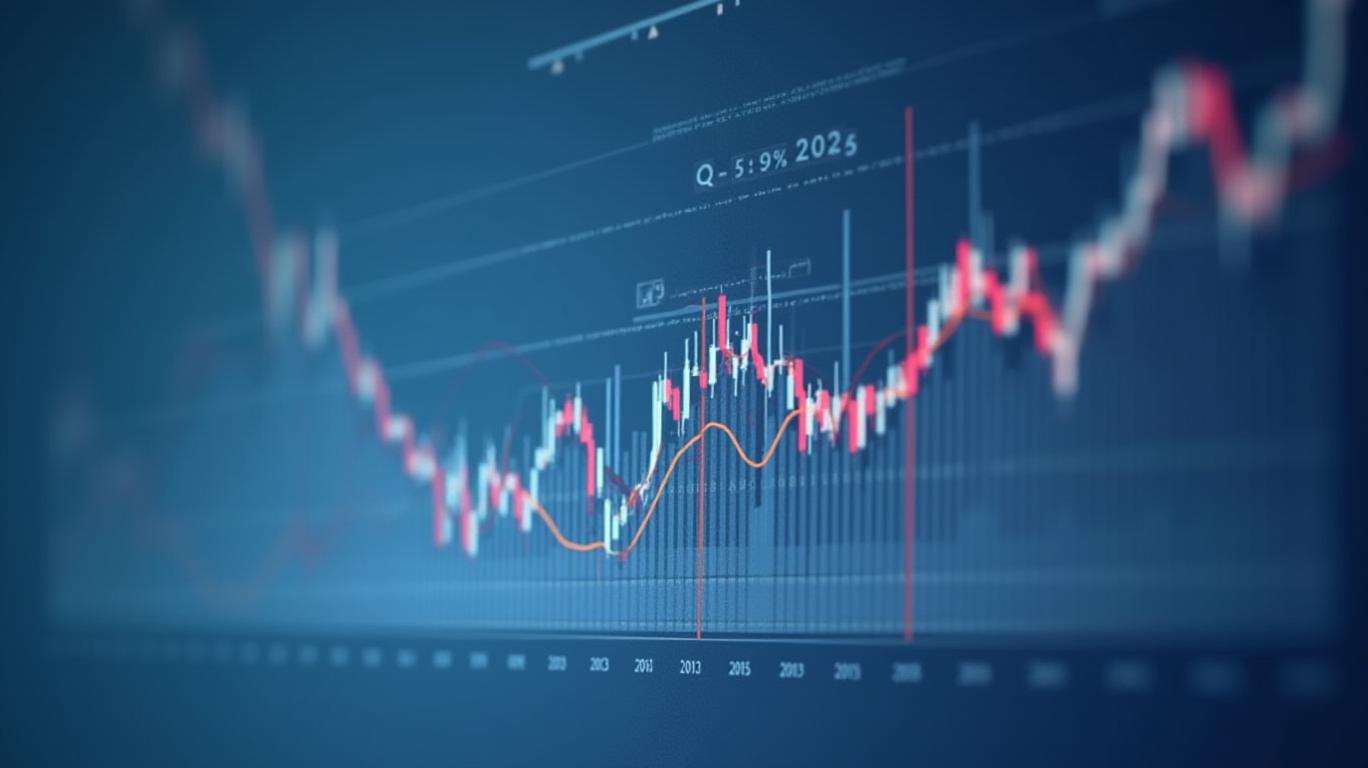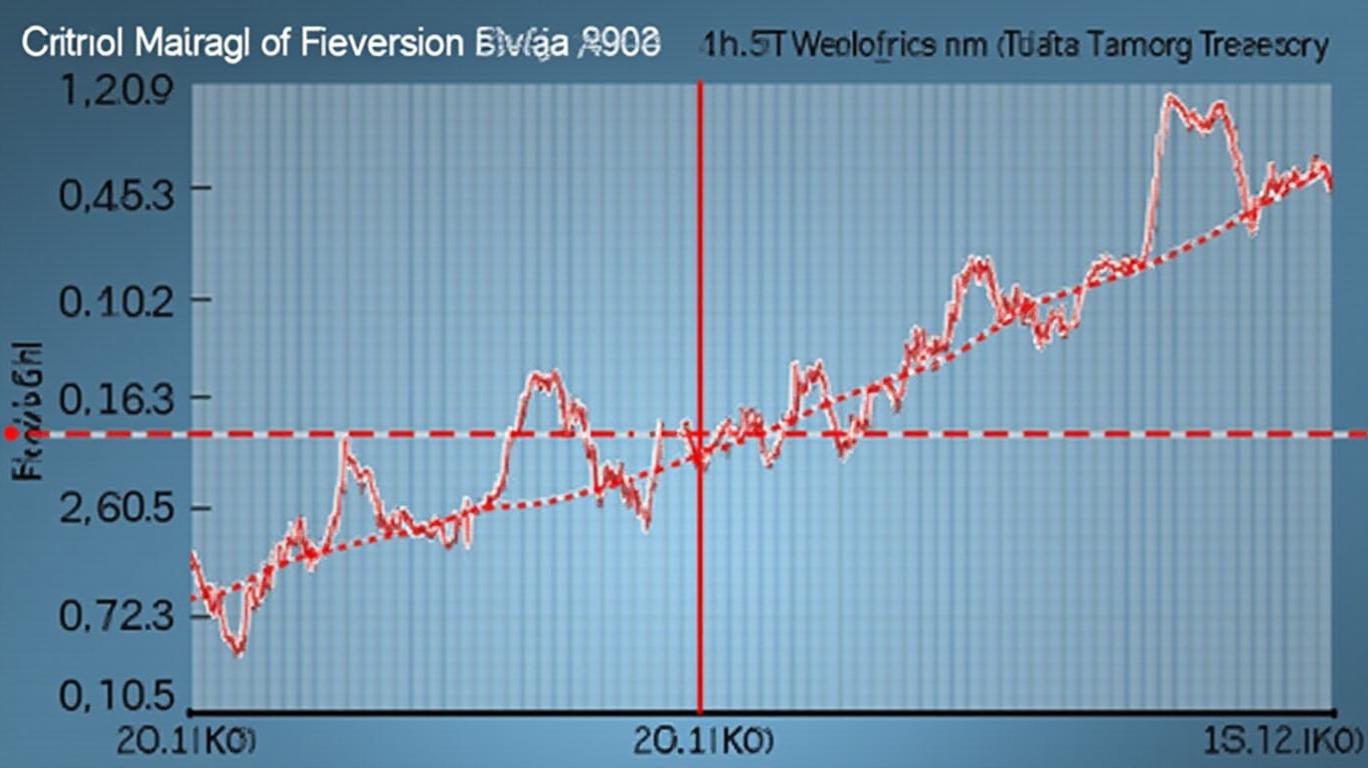Economy Contracts Again: Recession Reality or Temporary Hiccup?
The U.S. economy has now recorded two consecutive quarterly GDP declines: a 0.5% drop in Q4 2024 and a 0.7% contraction in Q1 2025. This meets the technical definition of a recession. But what do these numbers mean for investors? Let’s dissect the data, underlying drivers, and potential policy responses to assess the economic landscape and its implications for portfolios.

The Numbers in Context
The annualized GDP contraction of -2.8% in Q1 2025 reflects a synchronized weakening across key sectors:
- Manufacturing output fell 1.2%, pressured by supply chain bottlenecks and weak global demand.
- Exports dropped 0.9%, as trade tensions and a stronger dollar made U.S. goods less competitive abroad.
- Private consumption slowed 0.5%, with inflation eroding purchasing power despite resilient labor markets.
Notably, the services sector grew 0.3%, a critical bright spot. This contrasts with manufacturing’s struggles, suggesting a shift in economic activity toward sectors less exposed to global trade shocks, such as healthcare or tech services.
Drivers and Disruptions
The contraction is not solely a domestic story. Global demand has weakened, with key trading partners like the EU and China facing their own slowdowns. Meanwhile, inflation remains stubborn, averaging 3.8% in Q1 2025—above the Fed’s 2% target—and has dampened consumer confidence.
Policy responses are already in motion. The Federal Reserve paused its rate-hiking cycle in March 2025, signaling a shift toward monitoring inflation rather than tightening further. Meanwhile, the Biden administration is pushing a $200 billion fiscal stimulus package targeting infrastructure and small businesses, though its passage remains uncertain in a politically divided Congress.
Recession or Retrenchment?
While two consecutive quarters of contraction meet the textbook definition of a recession, the broader economic picture is mixed:
- Employment remains strong, with unemployment at 4.1%—a historically low level.
- Corporate earnings, particularly in tech and healthcare, have held up better than expected.
- Consumer debt continues to grow, suggesting households are still spending, albeit cautiously.
However, business investment fell 0.8%, signaling reduced confidence in the near-term outlook. This is a red flag, as capital spending is a leading indicator of future economic health.
Investment Implications
- Sector Rotation: Shift toward defensive sectors like utilities and healthcare, which outperformed during Q1’s contraction.
- Inflation-Hedged Assets: Consider commodities or real estate investment trusts (REITs), as inflation remains elevated.
- Tech and Services Exposure: The services sector’s resilience suggests favoring companies in healthcare, cloud computing, and e-commerce.
- Avoid Overexposure to Manufacturing: Sectors tied to global trade, such as autos and industrial equipment, face headwinds.
Conclusion: Recession Confirmed, but the Path Forward Matters
The data is unequivocal: the U.S. is in a recession by the two-quarter rule. However, the depth and duration of this downturn hinge on three factors:
1. Global demand recovery: If China and the EU stabilize, U.S. exports could rebound.
2. Inflation cooling: A decline to 2-3% would ease pressure on consumers and businesses.
3. Policy effectiveness: Fiscal stimulus and Fed easing could stabilize growth by late 2025.
Investors should remain cautious but selective. The services sector’s 0.3% growth in Q1, paired with the Fed’s dovish stance, suggests a “soft landing” remains possible. However, with manufacturing output down 1.2% and business investment faltering, the path to recovery will require more than just hope—it will demand coordinated policy action and a rebound in global trade. For now, portfolios should prioritize stability over aggression, favoring sectors insulated from the headwinds while monitoring key indicators like consumer spending and inflation. The recession is here—but its staying power is still up for debate.










